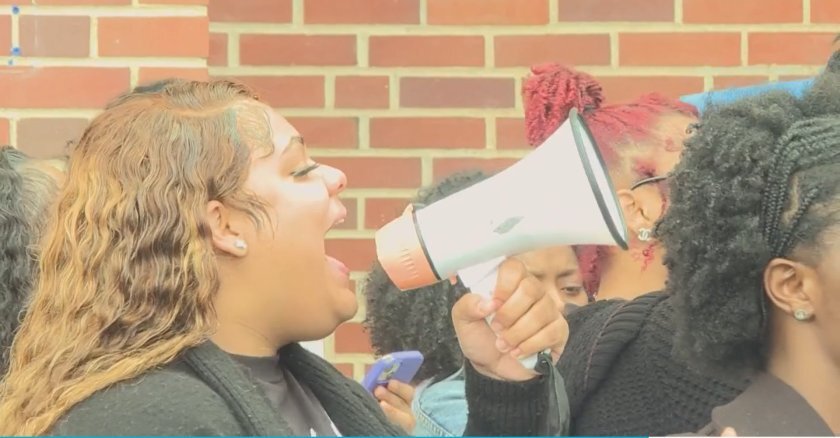Those cases shine a light not only on the unchanged patriarchal environment of higher education but also on the particular plight of Black women in top administrative roles on both public and private campuses.
Every circumstance is different and each case should be evaluated on its own merits, but there seems to be a poisonous pattern: Some African American women say they have felt isolated being “the first” in predominantly white administrations; that their decisions were often second-guessed; that their mental health issues were not taken seriously or they were criticized for being too emotional; and that their resumes have received unusual and intense after-the-fact scrutiny, as if their detractors were looking for the tiniest errors that could be weaponized against them.
It is not good when Black women ascend to the top of their professions only to have their careers cut short for questionable reasons. But the issue is broader: In too many cases, African American women, who constitute only a tiny percentage of college administrators and instructors, say they face hostile environments and complain that they are subject to microaggressions, racism and sexism. The loss of Black female talent has even larger implications for African American students at places like Clayton State where African American women constitute a majority of those enrolled.
The problem extends beyond predominately white institutions or those whose student bodies have become more racially diverse — it is a problem for historically black colleges and universities (HBCUs) as well. Walter Kimbrough, a former president of Philander Smith College and Dillard University, said he’s counted 200-plus presidential departures since 2004 at the nation’s four-year HBCUs; on average, he said, between 10 and 12 HBCU presidents leave each year.
In the last few years, many of those departing have been women, including at Alcorn State University in Alabama and Texas Southern University in Houston. This month, Marion Ross Fedrick, the president of Albany State University in Albany, Ga., announced that she will be stepping down in July to take on the role of chief of staff to the president of Georgia State University — an important but lesser role than president.
“I love my HBCUs, but they are not perfect, either,” says Joy Gaston Gayles, head of North Carolina State University's Department of Educational Leadership, Policy and Human Development and a graduate of Shaw University, an HBCU in Raleigh. Gayle remembered Candia-Bailey, a former colleague who claimed she was bullied after requesting a leave of absence for mental health reasons at Lincoln, as being “full of joy and life and light.”
In my home state of Georgia (where I once served as the first Black president of a college that had become racially diverse), Kimberly McLeod’s appointment as provost of Clayton State University came after a search committee had carefully vetted her background and found her professional experiences to be exceptional. Yet she was let go after “a concerned faculty member” and other anonymous accusers claimed to have discovered six minor citation errors on her 20-plus-page CV, which listed her authorship of 12 books and 34 journal articles. The particulars around her termination undoubtedly will be litigated, but the important question educators and public officials who oversee higher ed institutions must ask themselves is this: What constitutes “qualified” in the first place, particularly at regional colleges like Clayton State that emphasize teaching over research?
Another trend in higher education that doesn’t favor women of color is the pool from which leaders are chosen. Many senior-level college administrators are recruited from the ranks of tenured professors who have published articles or books in traditional academic journals or academic presses. This pool is dominated by white males. At one college where I worked, I recall a colleague bragging about writing a book that served as the basis for being granted tenure. As he jokingly put it, “It’s not a very good book but one that they had to give me tenure for.” He was not a distinguished scholar, but he had the right pedigree, so to speak.
It is time that education leaders and public officials take seriously the plight of all women in higher education, and particularly Black women. Without trampling on the principles of academic freedom and shared governance, they must pay closer attention to the shortages of women of color in leadership positions and the problems that affect their longevity and well-being. Given the fact that at nearly all colleges across the nation female students outnumber males by a large percentage, it is imperative that they have strong women role models.
One professor at Clayton State placed it into perspective when she said, “We are essentially a college comprised of Black women students, and the first and only Black female provost in less than one semester was just booted out the door. What does this say to all of us?”
Governing’s opinion columns reflect the views of their authors and not necessarily those of Governing’s editors or management.
Related Articles














